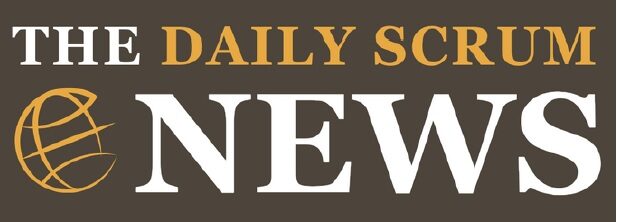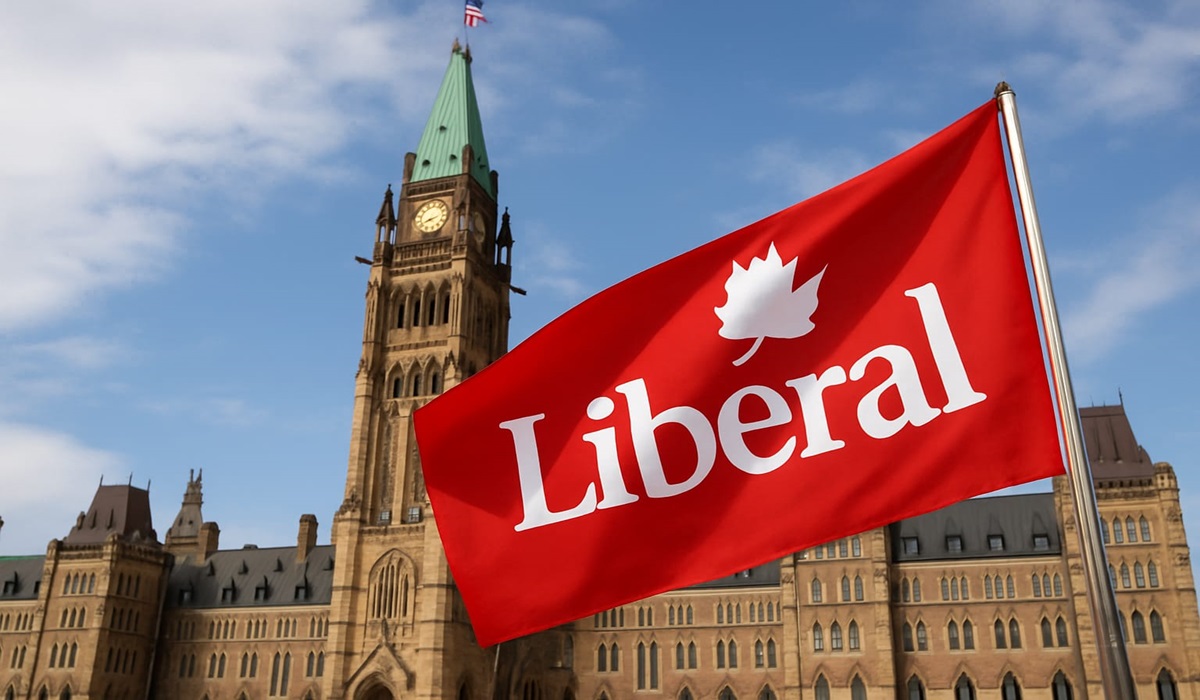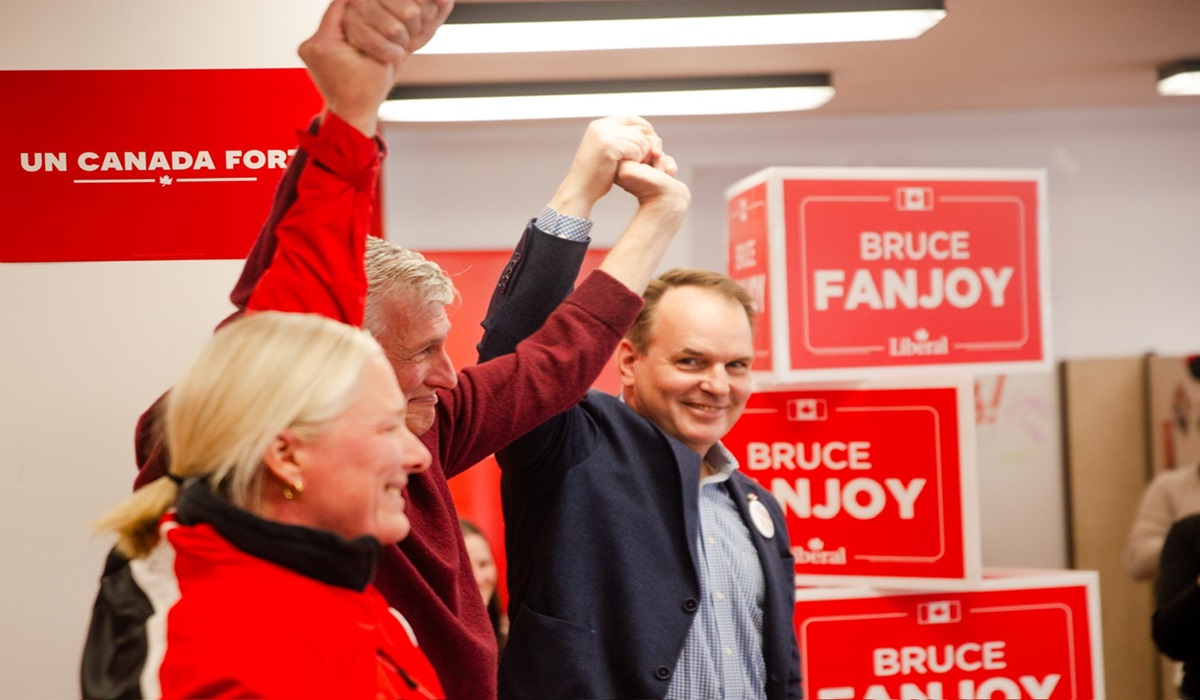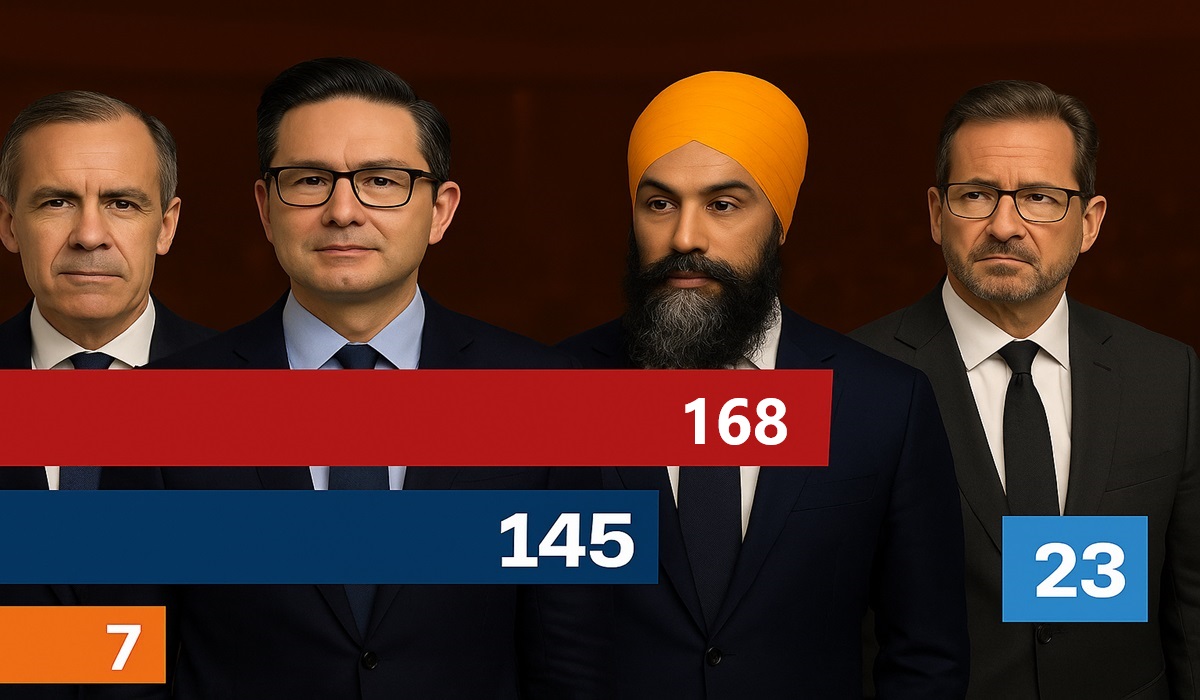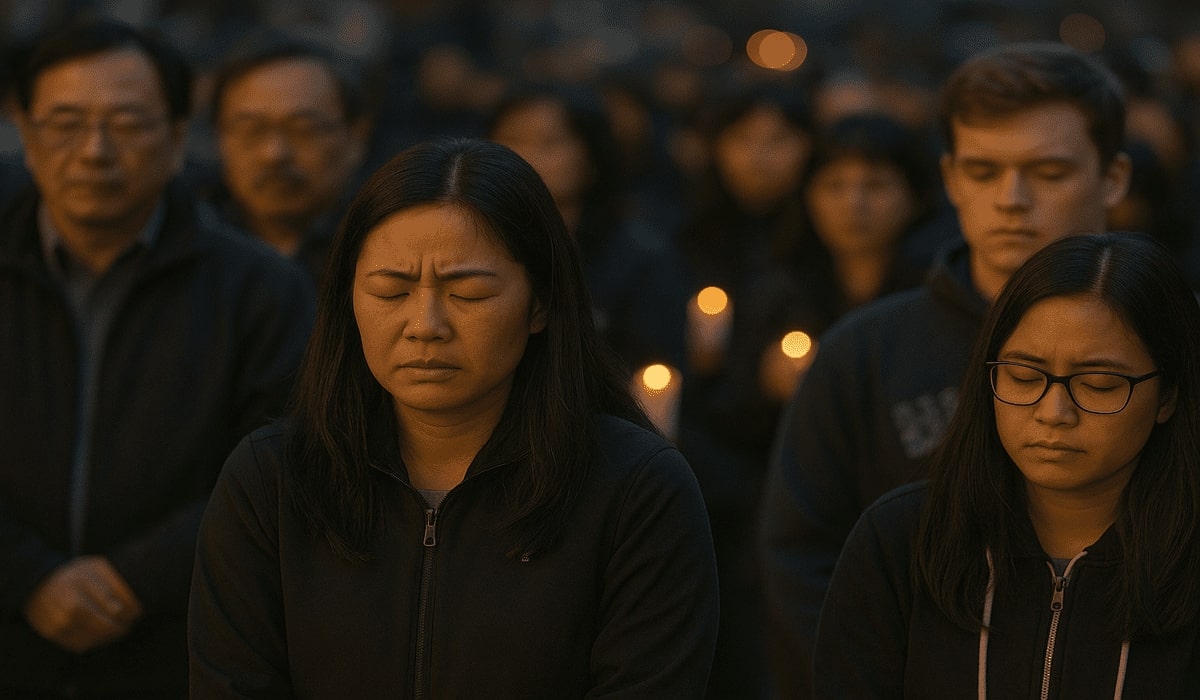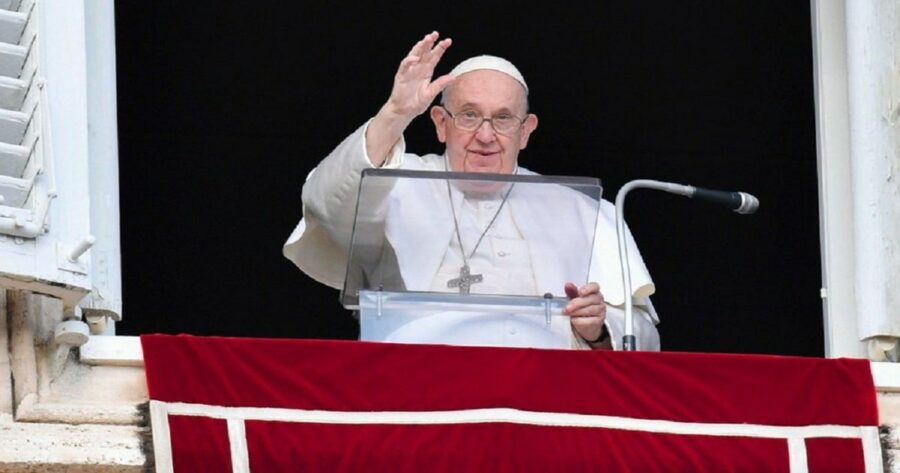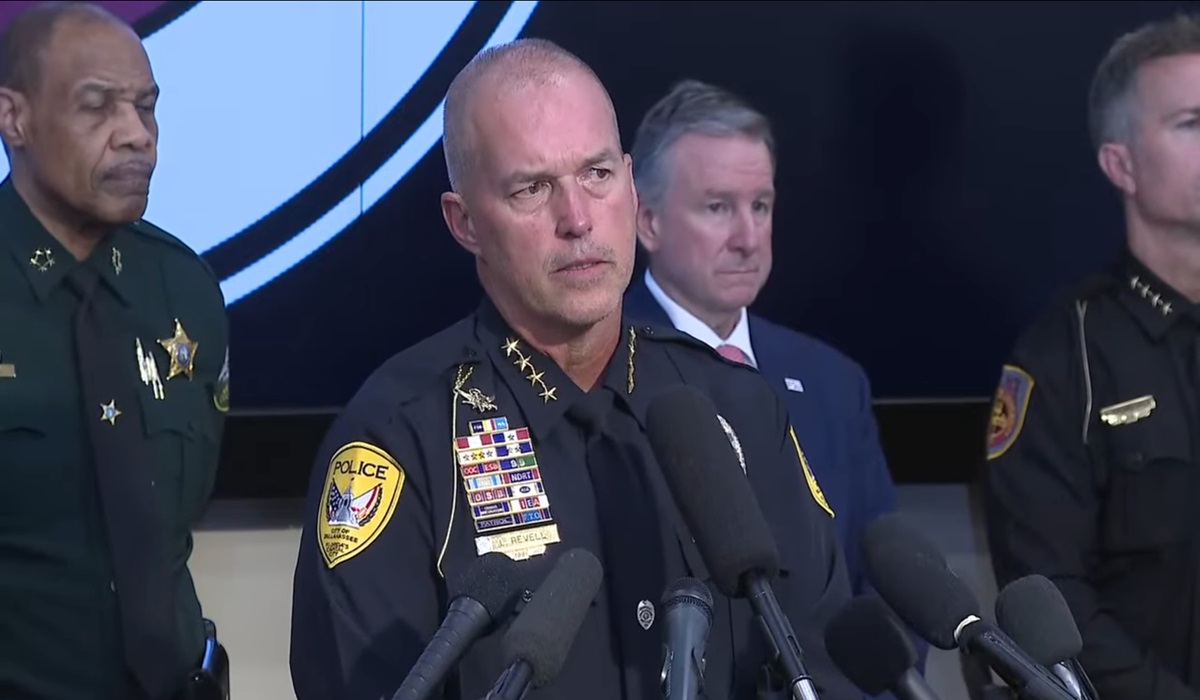Triumphant Return: SpaceX Brings Astronauts Home After Prolonged ISS Stay
- Xuemei Pal
- Breaking News
- March 19, 2025
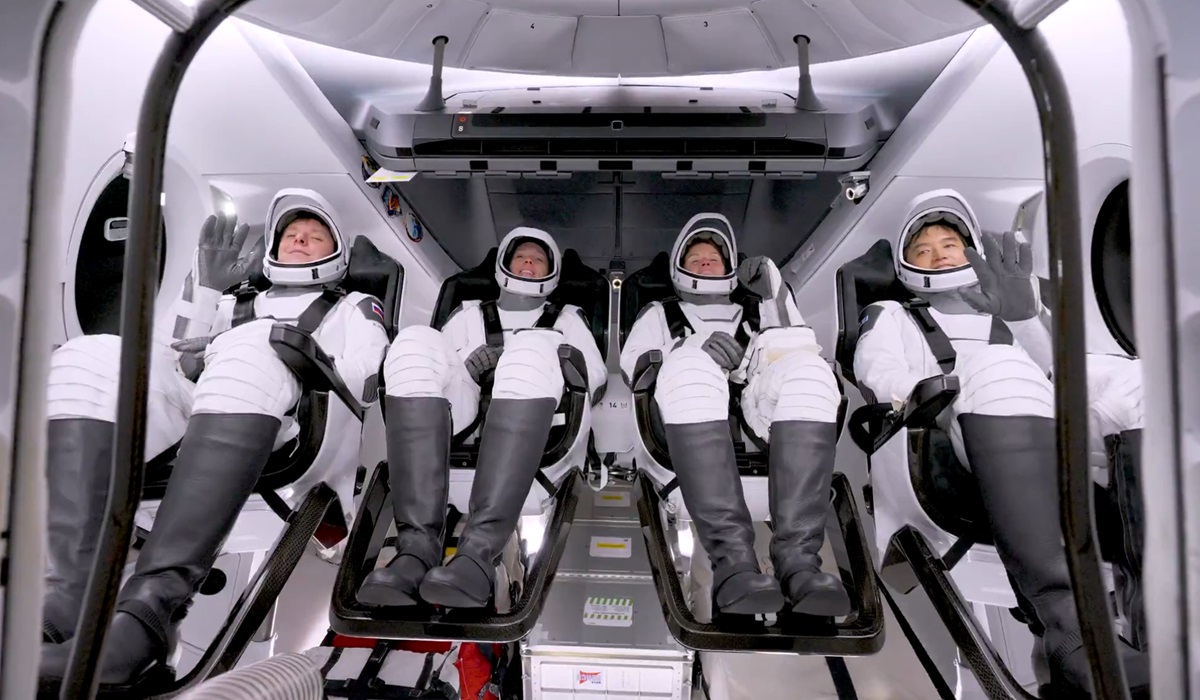
Image Credit, Space X
In a remarkable display of resilience and collaboration, NASA astronauts Sunita “Suni” Williams and Barry “Butch” Wilmore have safely returned to Earth after an unexpected nine-month mission aboard the International Space Station (ISS). Their prolonged stay resulted from technical failures in Boeing’s Starliner spacecraft, underscoring the challenges and complexities inherent in modern space exploration.
Williams and Wilmore launched to the ISS on June 5, 2024, aboard Boeing’s Starliner for what was intended to be a brief mission. However, upon docking, the spacecraft experienced thruster malfunctions, rendering it unsafe for the return journey. Consequently, NASA made the prudent decision to keep the astronauts aboard the ISS while assessing alternative solutions.
During their extended tenure, the astronauts exemplified adaptability and dedication. They engaged in approximately 150 scientific experiments, contributing valuable data to ongoing research in microgravity’s effects on human physiology, advancements in materials science, and technological innovations. Their efforts have enriched our understanding of long-duration space missions and their impact on the human body.
With Boeing’s Starliner deemed unfit for crewed return, NASA turned to SpaceX’s Crew Dragon spacecraft for a solution. The Crew-9 mission, launched on March 3, 2025, was initially intended for routine crew rotation but was adapted to facilitate the safe return of Williams and Wilmore. The Crew Dragon capsule, named “Freedom,” successfully docked with the ISS, marking a pivotal moment in the mission.
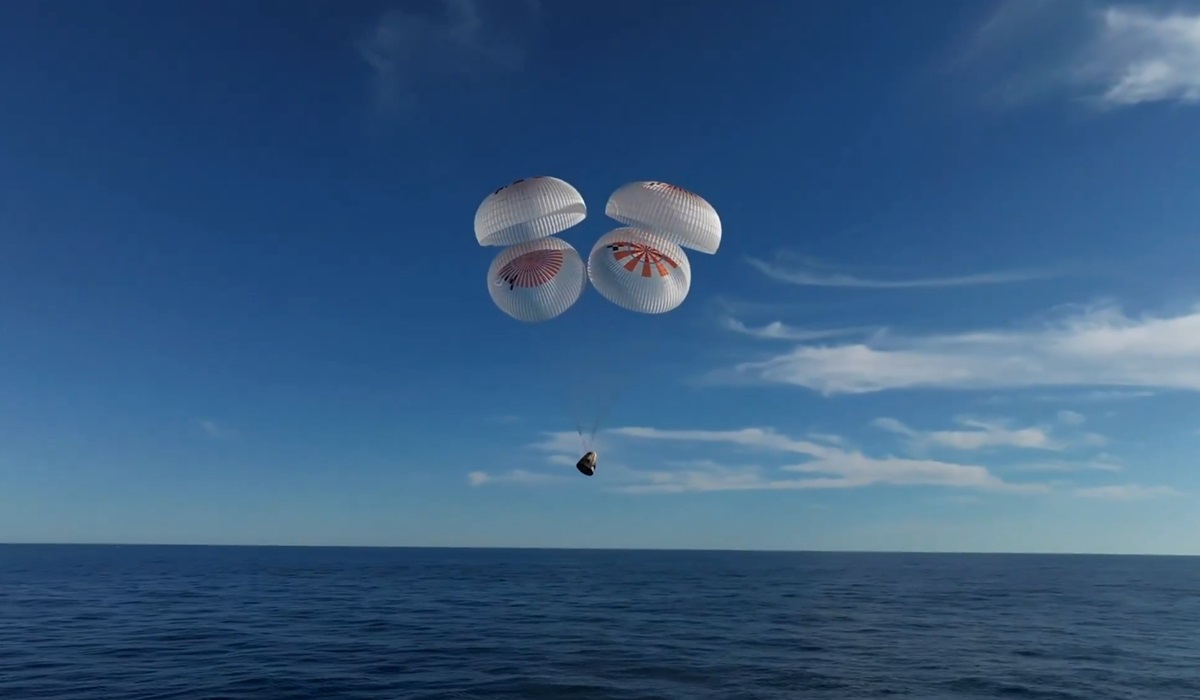
On March 18, 2025, Williams and Wilmore, accompanied by Crew-9 astronauts Nick Hague and Russian cosmonaut Aleksandr Gorbunov, boarded the Crew Dragon “Freedom” for their journey home. The spacecraft undocked from the ISS and, after a 17-hour transit, executed a precise splashdown off the coast of Florida. Recovery teams swiftly retrieved the crew, who were then transported for medical evaluations and debriefings.
This incident casts a spotlight on Boeing’s ongoing challenges within the commercial space sector. The Starliner’s thruster issues not only delayed the astronauts’ return but also raised concerns about the spacecraft’s reliability and Boeing’s operational protocols. The company has faced scrutiny over manufacturing delays and technical setbacks, prompting a comprehensive review to rectify these issues and restore confidence in its spaceflight capabilities.
The successful return of Williams and Wilmore underscores the importance of adaptability and collaboration in space exploration. It highlights the critical role of private companies like SpaceX in providing reliable transportation to and from the ISS. As NASA continues to partner with commercial entities, the lessons learned from this mission will inform future strategies, ensuring astronaut safety and mission success in the evolving landscape of space travel.
The ordeal faced by astronauts Williams and Wilmore serves as a testament to human resilience and the spirit of exploration. Their safe return, facilitated by SpaceX’s Crew Dragon, marks a significant milestone in addressing the challenges of long-duration space missions and reinforces the necessity for robust and reliable spacecraft in the pursuit of scientific discovery beyond our planet.
